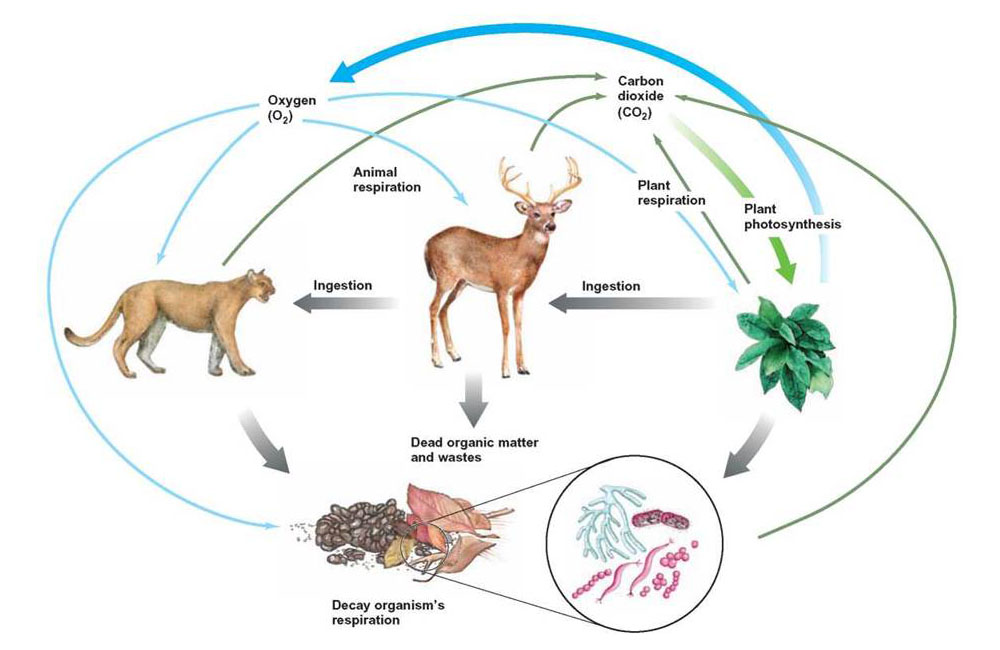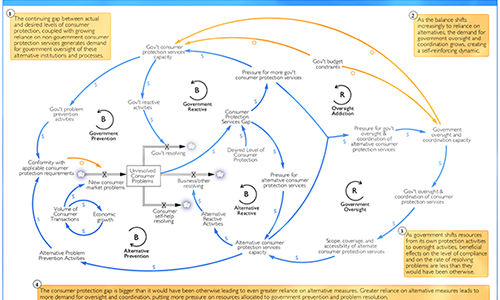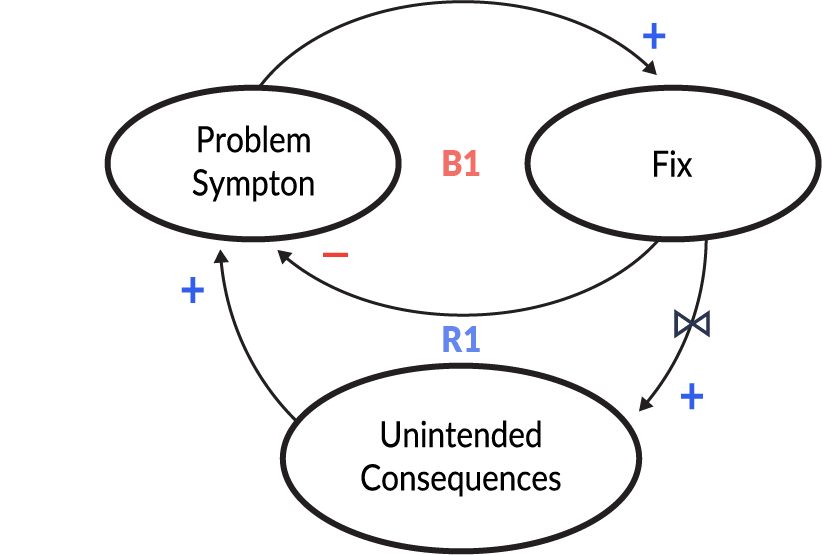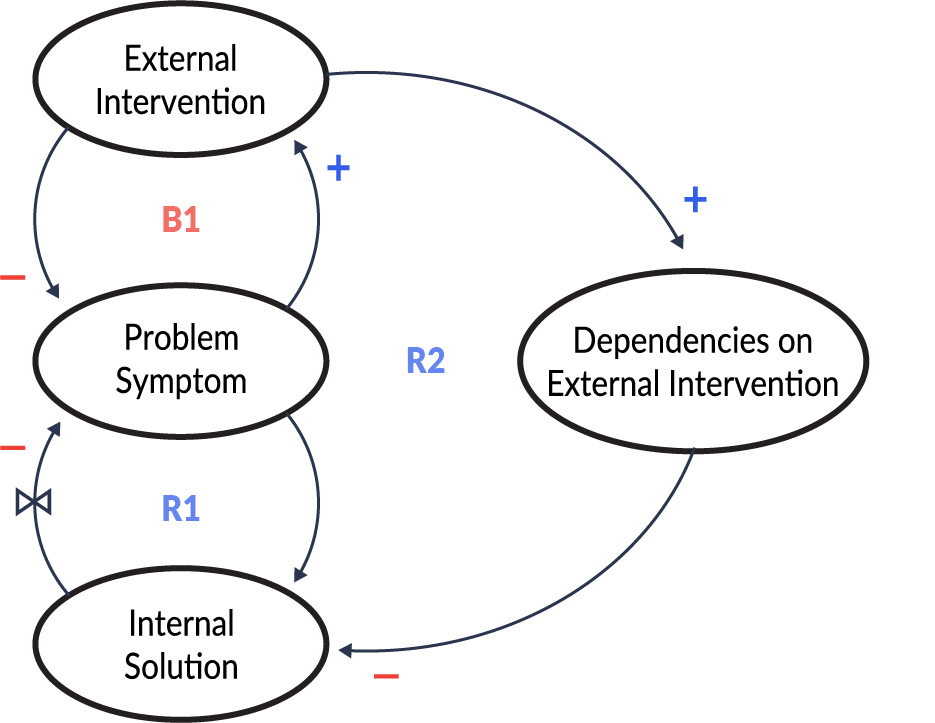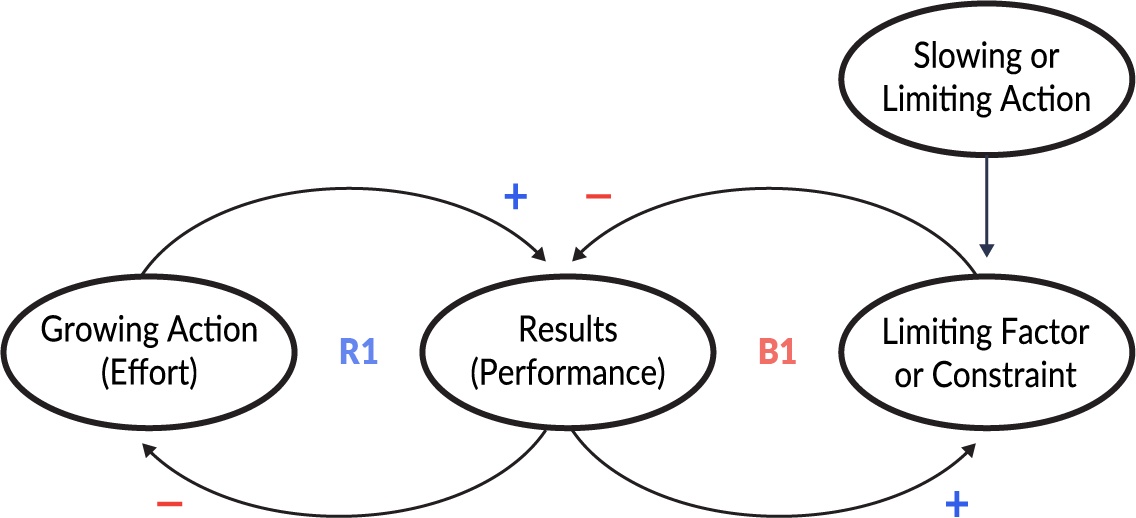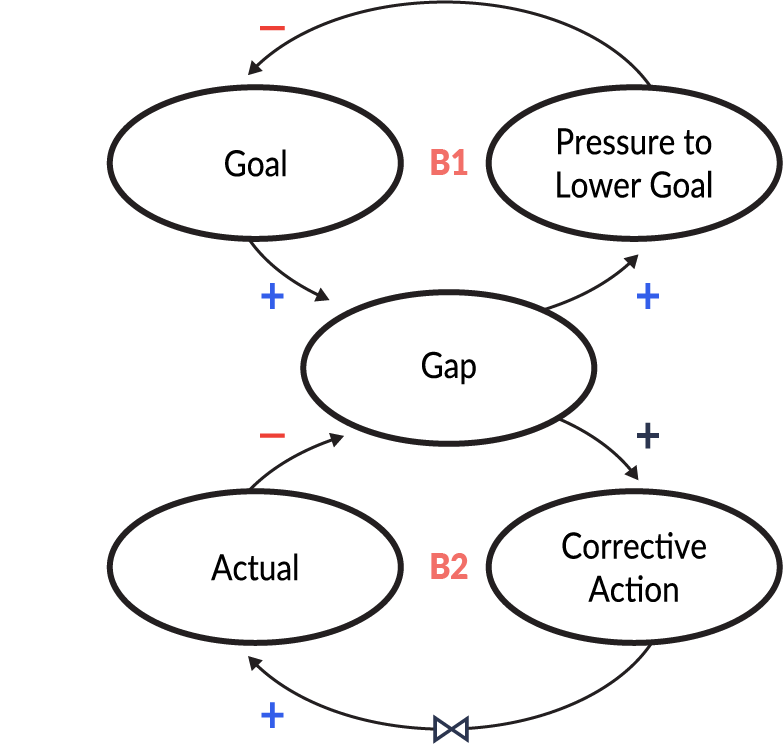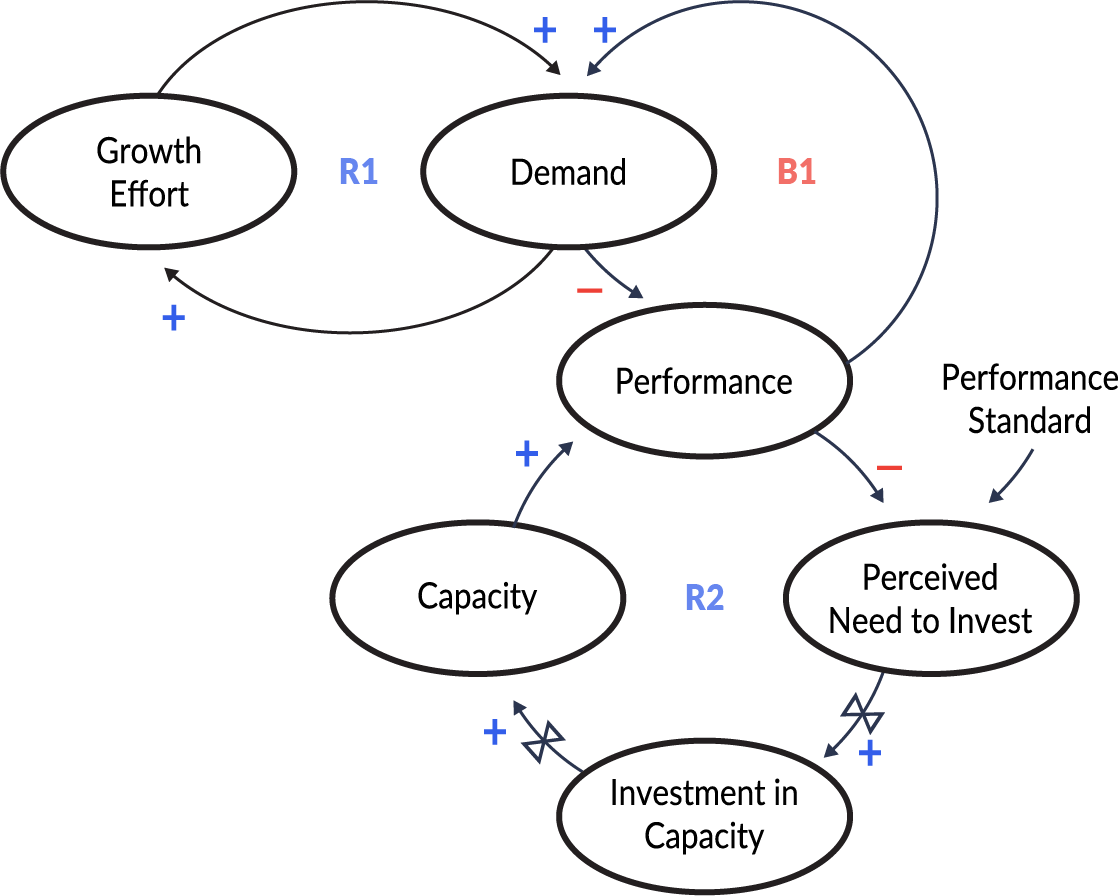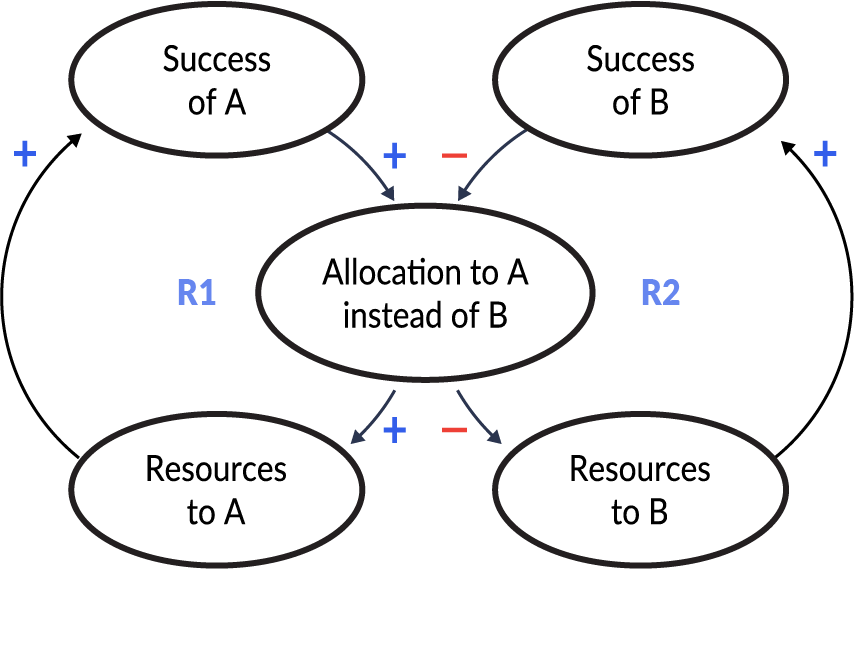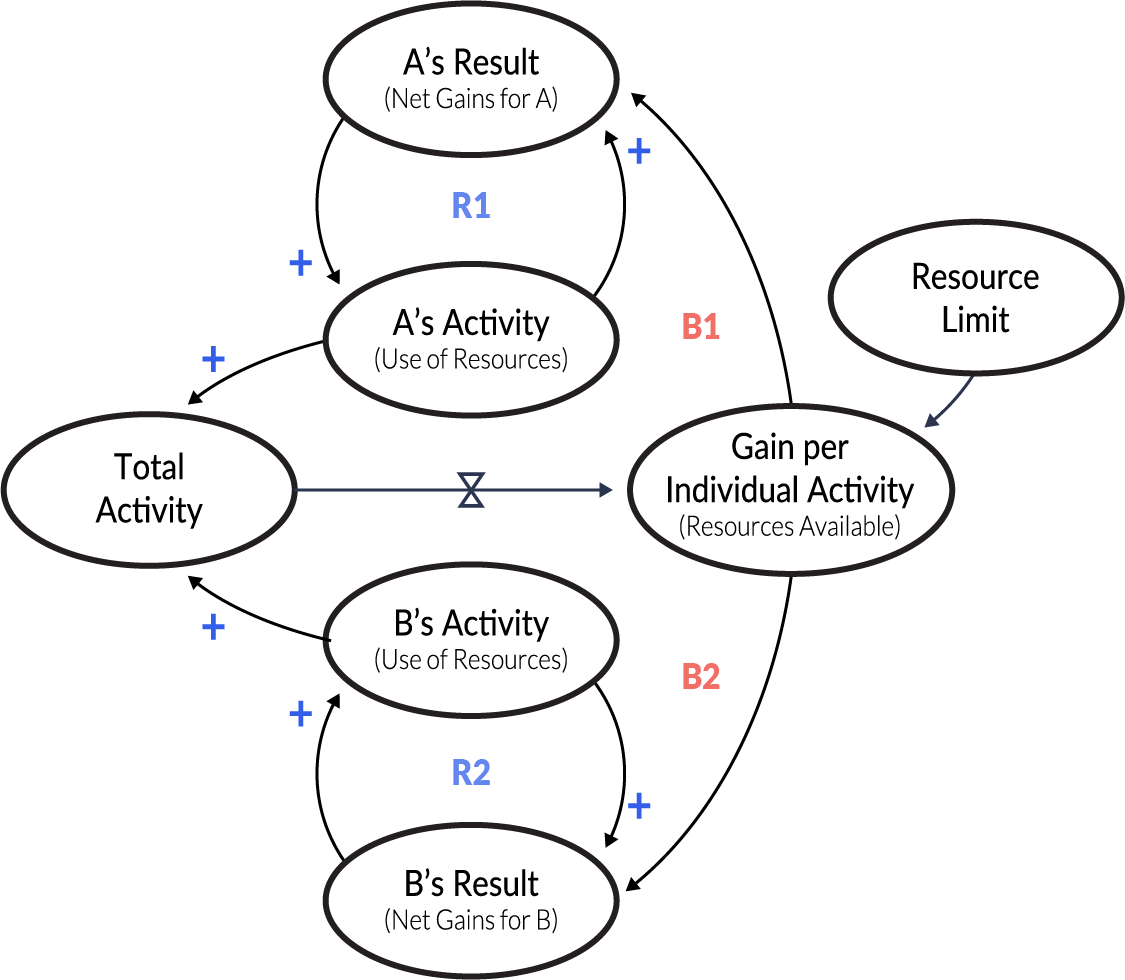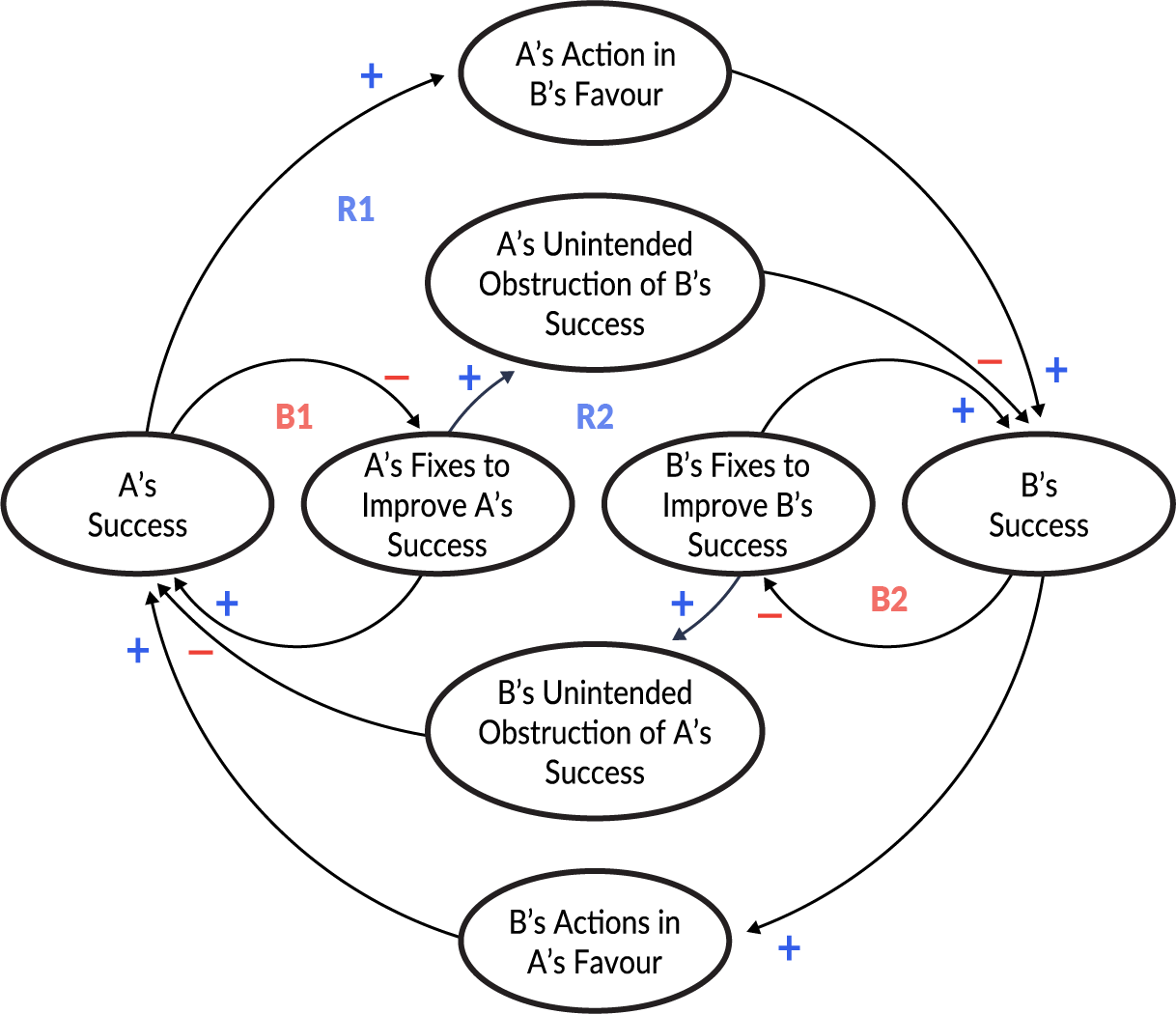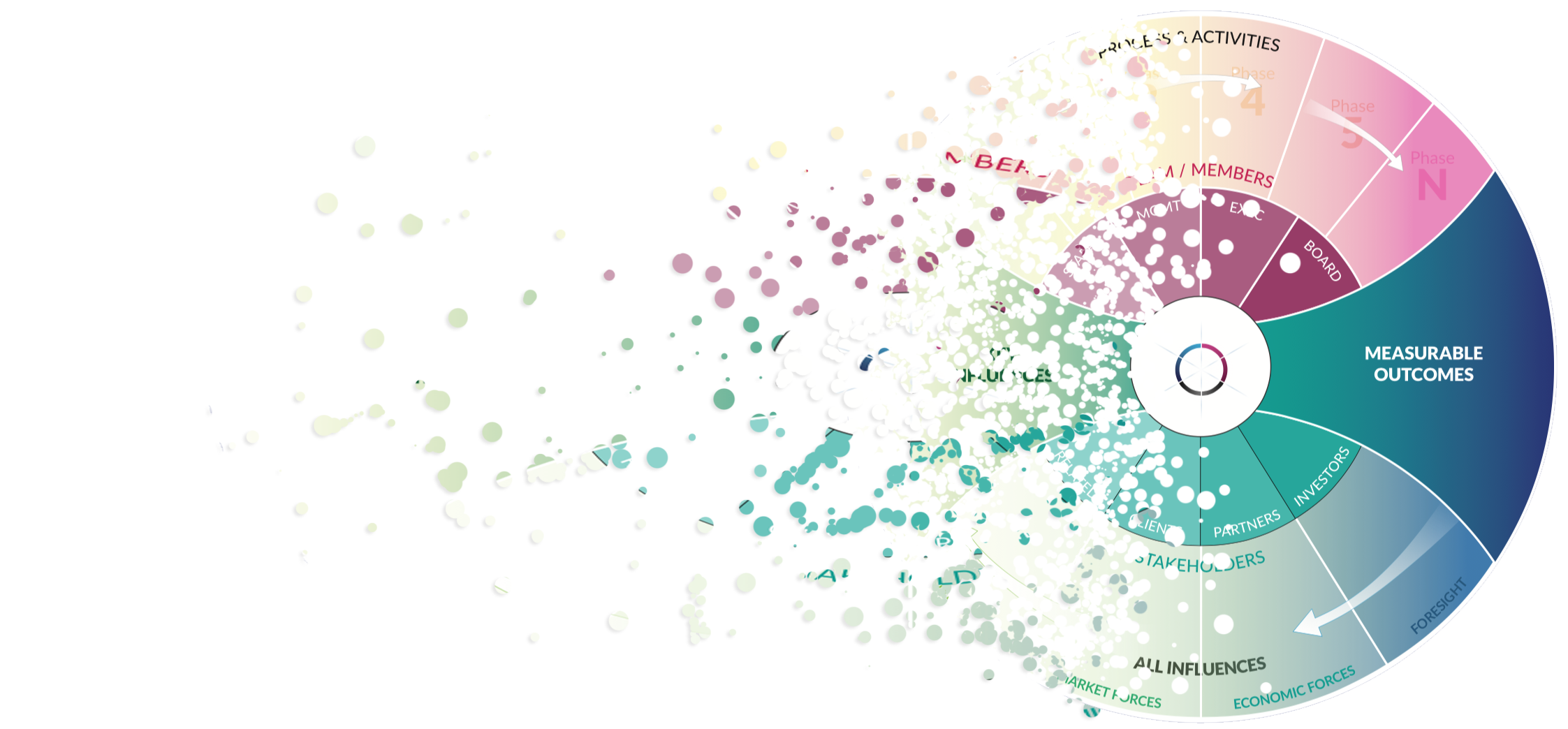Mental Models
A mental model is simply a representation of how something works based on a perspective, experience, history, intuition, etc. It is the simplification of the actual world.
We cannot keep all of the details of the world in our brains. From galaxies to sub atomic particles, concepts like war and peace, the reasons we love and hate, there is far too much information in "reality". Our brains use models to simplify the complexity into understandable and organizable chunks. Mental models are how we understand the world. They shape what we think, how we understand, what we consider important, how we reason and solve problems.
People with different mental models will answer questions differently. Ask the question "How do we get to the moon" to an an engineer, a politician, a citizen, Elon Musk, Albert Einstein, and a child. You might get answers like blueprints for a rocket, a strategic plan and policy framework, my tax dollars, a private corporation, imagination, by blasting off!
Mental Models vs vs Dominant Perspectives
When one perspective or a certain worldview dominates your thinking, you will try to explain every problem from that perspective. What looks like expertise can often become a limitation if we fail to bring a broader set of perspectives to the table. “If all you have is a hammer, everything looks like a nail.”
Relying on a narrow set of perspectives limits the cognitive range of motion a group is capable of. The 70-90% failure rate we experience in things like starting a business, technical projects and change management is the result we get when we try to solve complex problems using a limited set of perspectives.
When your set of mental models is limited, so is your potential for finding a solution. The more models you have—the bigger your toolbox—the more likely you are to have the right models to see reality. It turns out that when it comes to improving your ability to make decisions variety matters.
